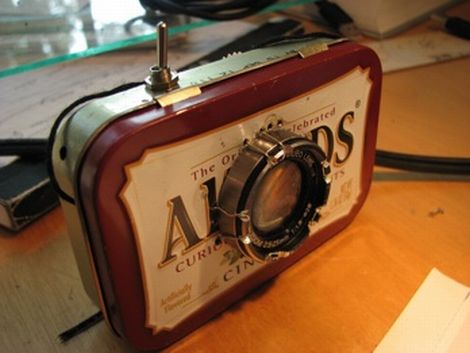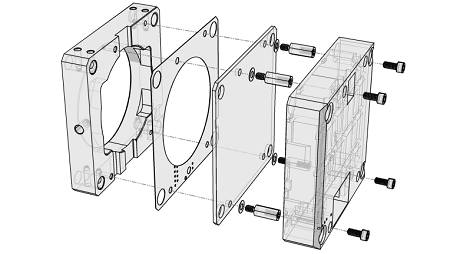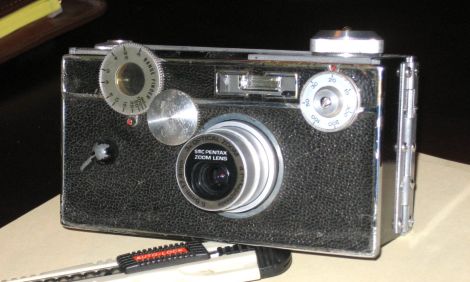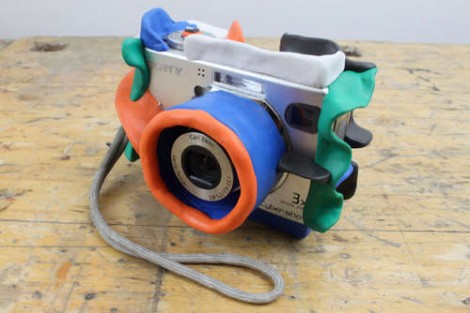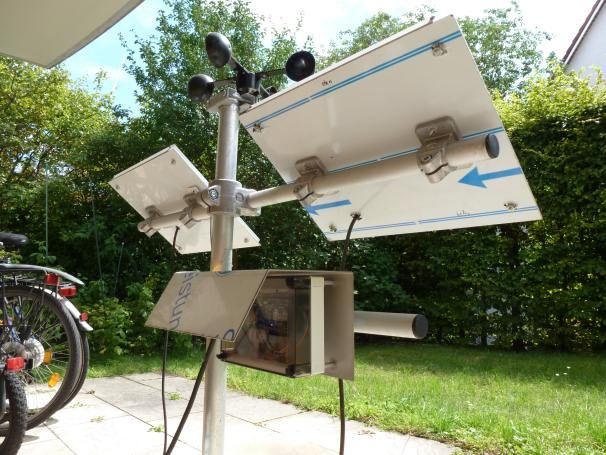
The D-SLR “crunch” sound can be pretty satisfying. Your camera has moving parts and those cell-phone amateurs can eat your shutter actuation. If you’re a professional photographer behind the scenes on a sound stage or at any film shoot, however, your mirror slapping around is loud enough to get you kicked off the set. [Dan Tábar] needed his D800 to keep it down, so he made his own sound blimp to suppress the noise. As an added bonus, it turns out the case is waterproof, too!
[Dan] got the idea from a fellow photographer who was using a prefab Jacobson blimp to snap pictures in sound-sensitive environments. Not wanting to spend $1000, he looked for a DIY alternative. This build uses a Pelican case to house the body of the camera and interchangeable extension tubes to cover lenses of various sizes. [Dan] took measurements and test-fit a paper cutout of his D800 before carving holes into the Pelican case with a Dremel tool. One side got a circular hole for the extension tubes, while the other received a rectangular cut for the camera’s LCD screen and a smaller circle for the viewfinder.
Lexan serves as a window for all of the open ends: LCD, viewfinder, and the lens. [Dan] snaps pictures with a wireless trigger, saving him the trouble of drilling another hole. You can hear the D800 before and after noise reduction in a video after the break, along with a second video of [Dan] trying out some underwater shots. If you’d rather take a trip back in time, there’s always the 3D printed pinhole camera from last week.
Continue reading “Sound Blimp Makes Camera Quieter And Waterproof”

